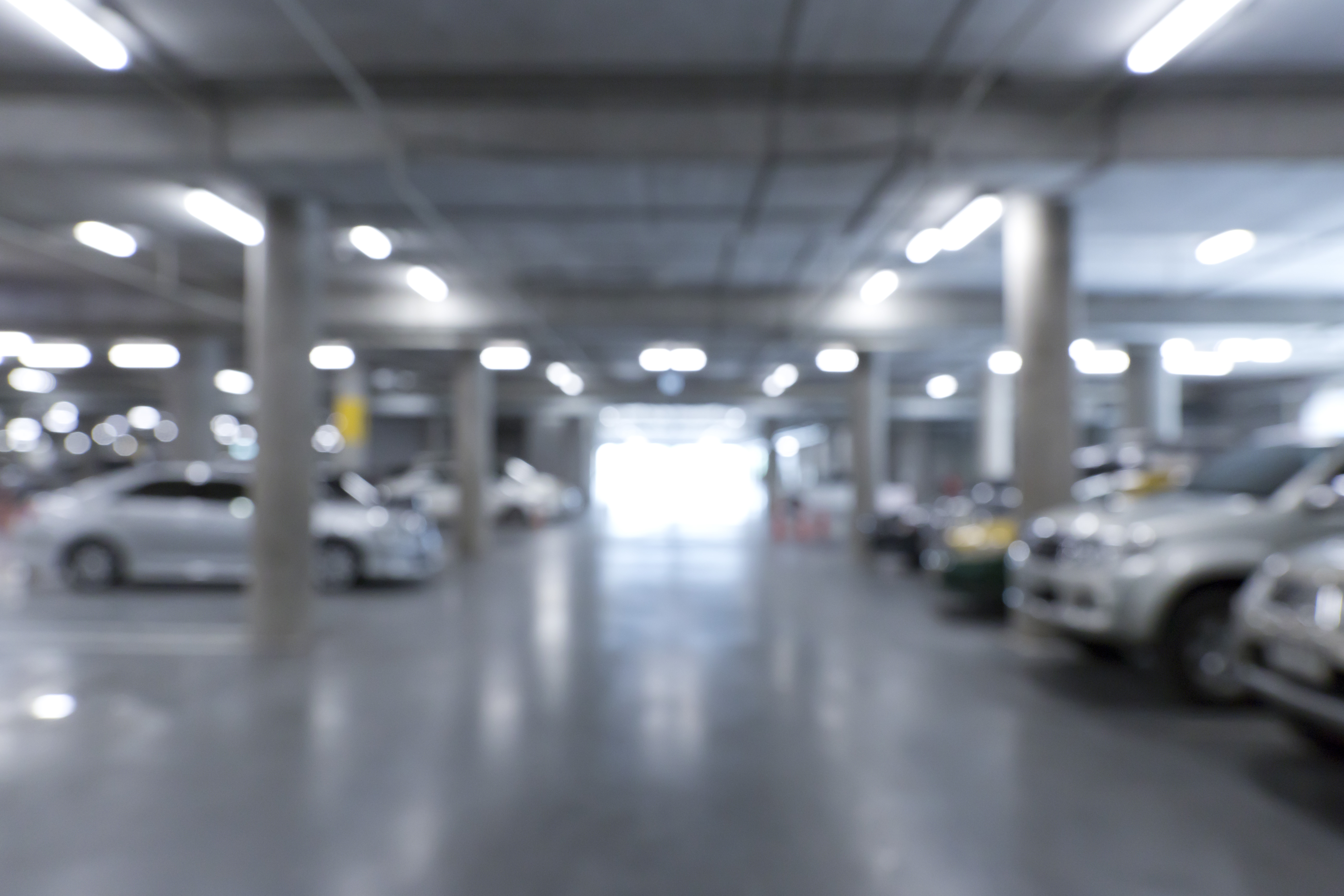
While automated parking facilities are commonplace in Germany, Japan and China, they are gaining momentum in North America.
By the late 1980s, as automobile ownership skyrocketed in Germany and Japan, the automated parking industry in these countries took off. Today, Japan alone has about 1.6 million parking spaces in automated parking facilities, where some sort of mechanical system transports cars to and from parking spaces. “Automated parking,” “robotic parking” and “mechanical parking” are all synonymous terms. Automated parking systems use computer-controlled, motorized vertical and horizontal lifts to transport automobiles to a remote parking space without the assistance of humans. Similar growth in the industry occurred in China starting in the late 1990s, fueled by a new generation of private car owners.
The U.S. parking industry, however, pursued a very different path. An abundance of space in U.S. cities and suburbs meant that most parking demand could be met by building surface lots and large conventional concrete parking garages. As cities and suburbs have densified, however, these facilities no longer meet the needs of U.S. car owners. And, although autonomous vehicles may eventually decrease demand for parking, the brutal reality is that the nation now needs more parking.
The only practical way to meet this demand is to borrow a page from Germany, Japan and China. The time has come for automated parking in the U.S., and the benefits are compelling. An automated parking system can do the following:
- Reduce the amount of space needed for parking by 40 to 80 percent.
- Offer options that are less expensive to build and operate than a conventional garage.
- Be built faster than a conventional garage.
- Be built in modules.
- Be moved, in some cases, if demand changes.
- Dramatically reduce greenhouse gas emissions.
If the automated parking industry evolves in the U.S. as it did in Germany, Japan and China, U.S. developers will soon be choosing from the following two options:
Semi-Automated Systems
This is where much of the industry in the U.S. is today. These systems move a car to its parking space mechanically, but the driver or an attendant needs to put the car into the system and/or operate it. One example of a semi-automated parking system is the puzzle design, in which the parking structure lifts and slides so that every car can be retrieved independently and the operator doesn’t have to drive one car off the system to get to another.
These systems are affordable and highly configurable, and they meet most current parking challenges for properties where architects and developers are looking for ways to meet their parking requirements in the same, or sometimes smaller, footprint. The systems can be placed within a building or on top of a surface lot.
The Idora Apartments in Oakland, California, uses a three-level puzzle semi-automated parking system. CityLift was able to maximize and create 42 parking spaces where room for only 15 standard surface parking spots was available. In the end, the result was 180 percent space maximization.
Fully-Automated Systems
In a fully automated system, after the driver positions the car in a parking bay or transfer area, the driver and passengers leave the vehicle. The system then transports the car to a parking space, which can be two levels below ground or 20 stories above ground. This is what most people envision when they think of automated parking. A number of these systems are currently being built across the country, from San Francisco to New York. They work best in tight locations where semiautomated systems take up too much space. These systems cost quite a bit more per space than semi-automated systems, but in some locations other costs may be avoided. In those situations, a fully automated system could be the most economical choice.
The recently built Hive Parking Structure is the first and only fully automated parking system in the San Francisco Bay area. CityLift took 1,600 square feet of space, room for seven standard parking spaces, built a structure 55 feet (seven stories) high, and turned those seven spaces into 39.
A new era of parking has begun. Within the past few years, commercial real estate developers and property owners have started to accept and even embrace automated parking systems, which can accommodate more cars in less space while also reducing operating costs and emissions. Expect to see more of them soon in cities throughout North America.
About CityLift Parking
At CityLift Parking, we bring 30 years of automated parking lift experience around the globe to the US. With offices around the country, our automated parking lifts span the full range of product choices. We work closely with our customers to design the best parking layout for them, partner to get their project approved, install the systems, and stand by our products by providing ongoing service. We also offer financing through our banking partners so the capital expenditure can be metered over time.
For more information, visit our website at www.cityliftparking.com or email us at contact@cityliftparking.com





